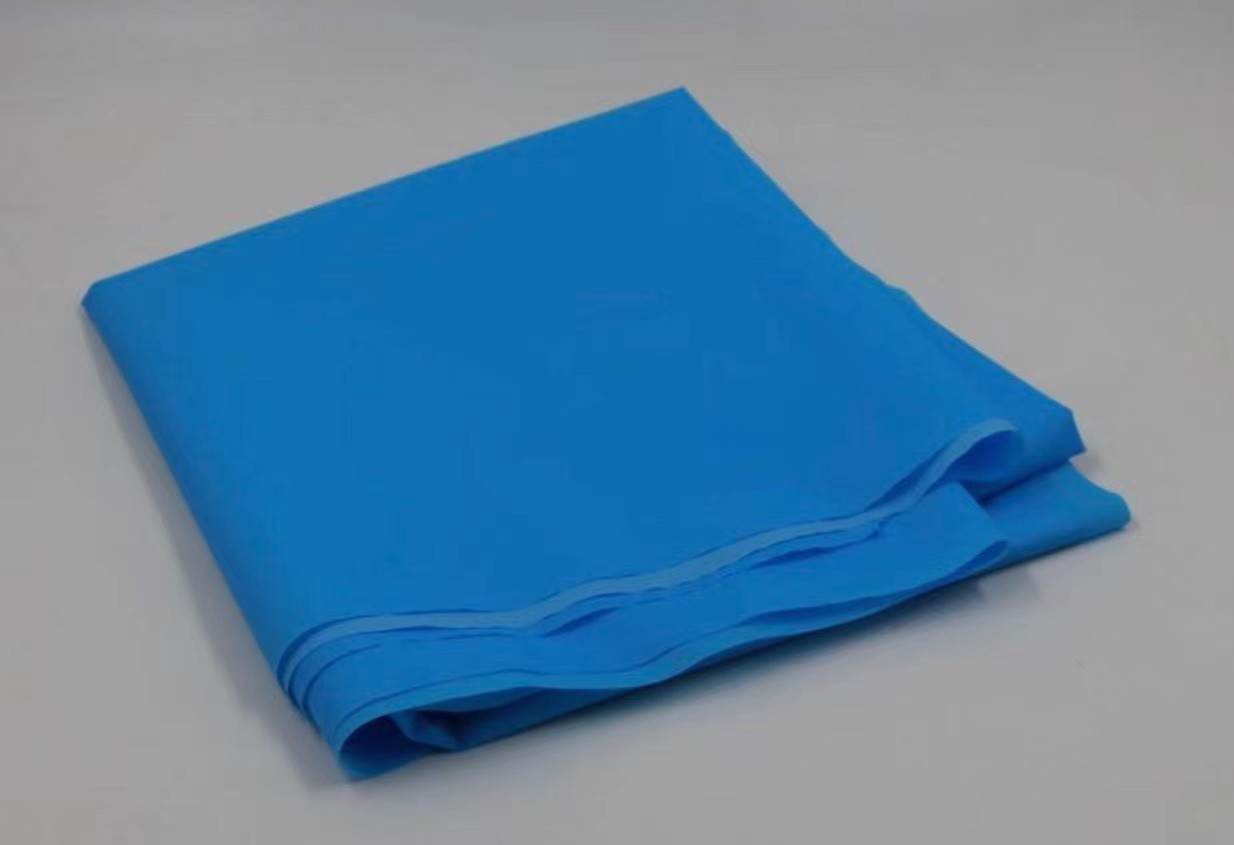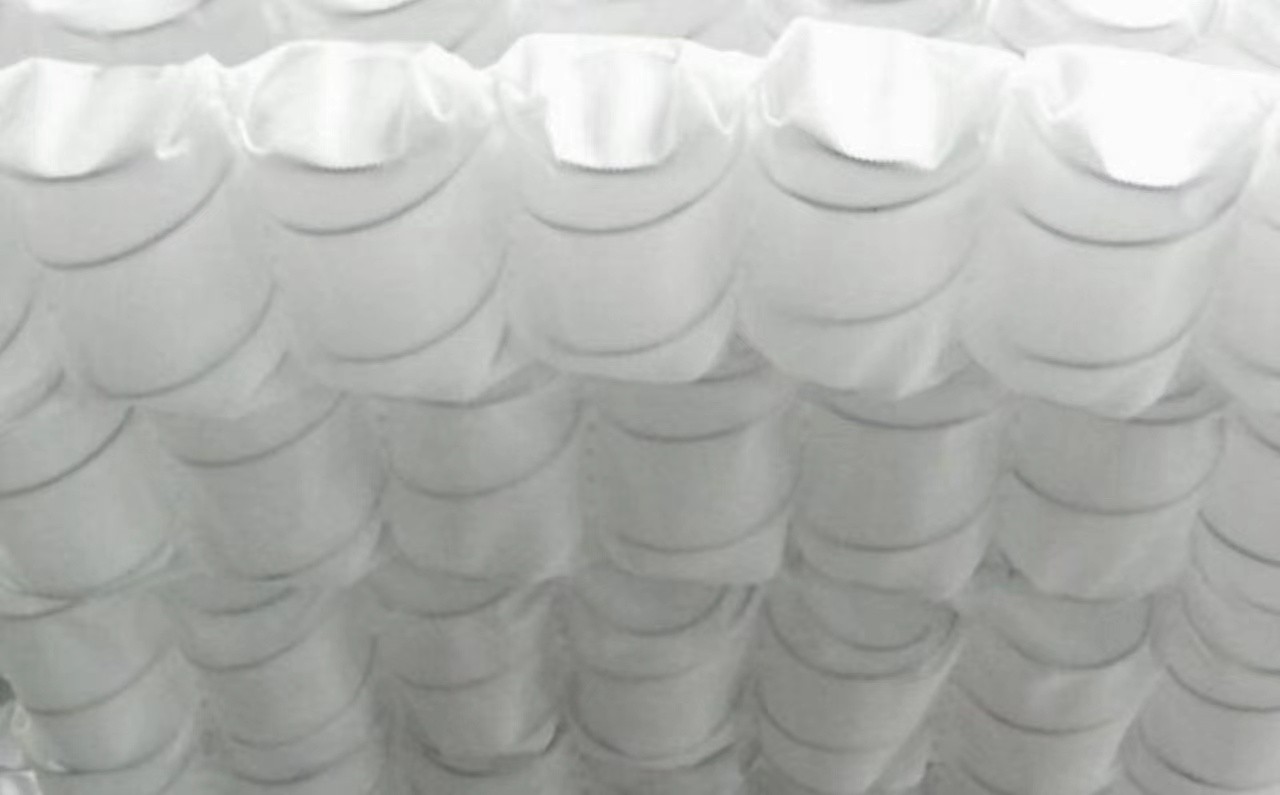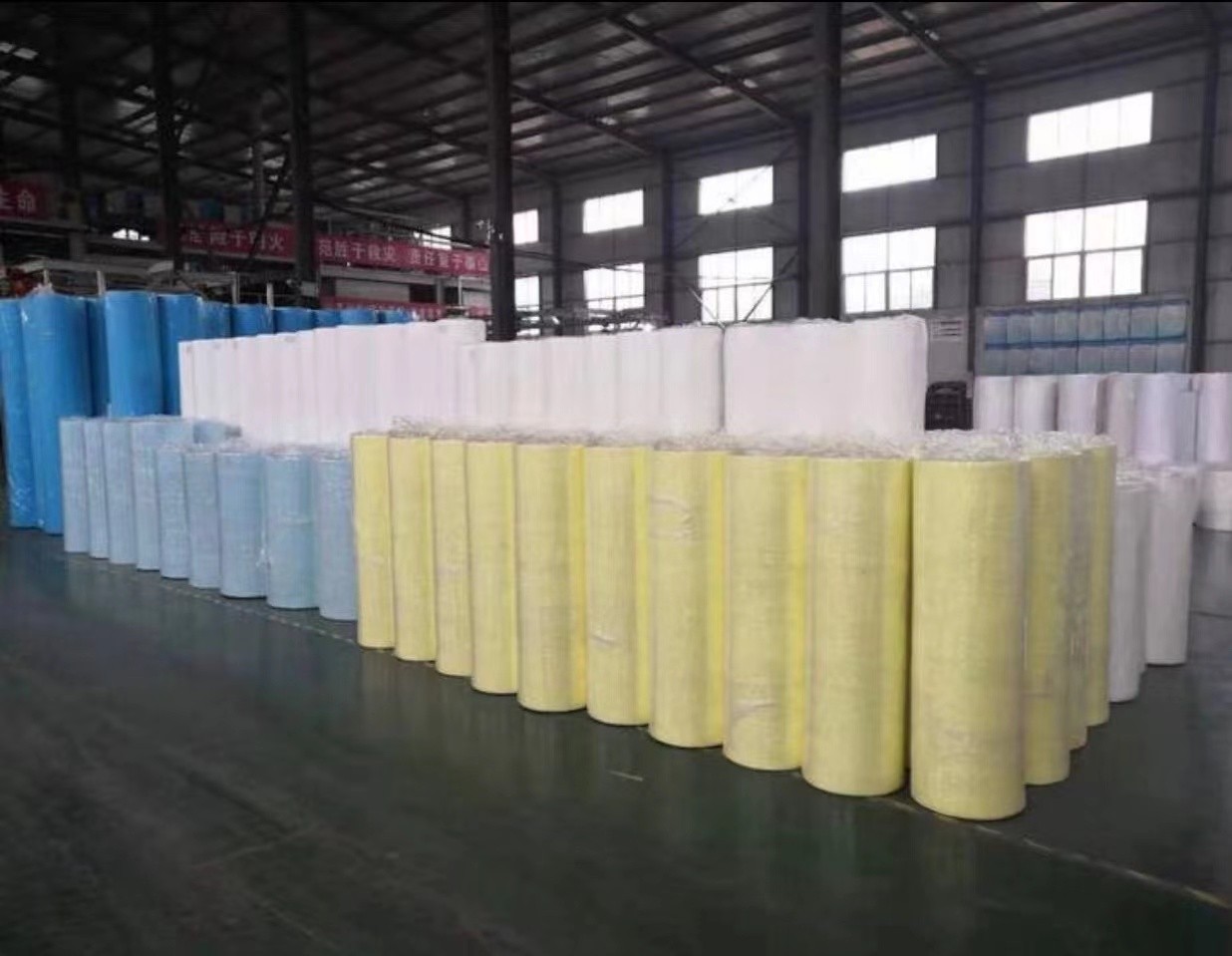Spunbond non woven fabric is a new generation of environment-friendly materials with wide applications.
Spunbond non woven fabric extruded polymer. After drawing to form continuous filaments, the filaments are laid into a network, and then the fiber network is bonded. Thermal bonding. Chemical bonding or mechanical reinforcement turns the fiber web into a non woven fabric.
Good high temperature resistance, good high temperature resistance (polypropylene can be used in 150 ℃ environment for a long time, polyester can be used in 260 ℃ environment for a long time), aging resistance, UV resistance, high elongation, good stability and permeability, corrosion resistance, sound insulation, moth proof, non-toxic.

The main products of spunbond non woven fabric include polypropylene fiber and polyester fiber (long fiber and short fiber) non woven fabrics. Our most commonly used applications are non woven bags, non woven packaging, etc; spunbond non woven fabric is easy to identify. Generally speaking, it has good two-way fastness. Generally speaking, spunbond non woven fabric is rolled.
At the application level,spunbon non woven hypergene products can also be used to make flower packaging cloth, luggage cloth, etc. with the characteristics of wear resistance, firmness and good hand feeling, it has become the best choice for making such products.

The following points should be noted during maintenance and collection of spunbond non woven fabric:
1.Keep it clean and replace it frequently to prevent the breeding of moths.
2.When stored in different seasons, it must be cleaned, ironed and dried, then sealed with plastic bags and placed flat in the wardrobe. Pay attention to shading to prevent fading. Ventilation should be frequent. Dust and dehumidify, do not expose to the sun. Mould proof and moth proof to prevent cashmere products from becoming damp and moldy.
3.When wearing inside, the lining of the coat should be smooth, and the pockets should not contain hard objects, such as pens, key bags, mobile phones, etc., To avoid local friction and pilling. Try to reduce friction with hard objects (such as sofa backrest, armrest, desktop) and hooks when wearing out. It's not easy to wear too long. It must be stopped or replaced in about 5 days to restore the elasticity of clothes and avoid fiber fatigue damage.
4.If there is pilling, do not use scissors to cut off the pommel, so as to avoid being unable to repair due to off-line.

In addition, spunbond non woven fabric is hydrophilic and water repellent. Hydrophilic non woven fabric: as the name suggests, hydrophilicity is hydrophilicity, which has a strong adsorption effect on liquids (for example, baby diapers). Water repellent non woven fabric: in contrast to the performance of hydrophilic non woven fabric, after chemical treatment, the fiber surface tension is reduced, and the liquid cannot wet the surface (for example, surgical clothing, protective clothing, etc.). non woven fabrics are also divided into general resistance. Three kinds of resistance. High resistance: Antistatic three kinds of resistance: antistatic. Anti alcohol. Anti blood.
Comment(0)
You can comment after
SIGN IN